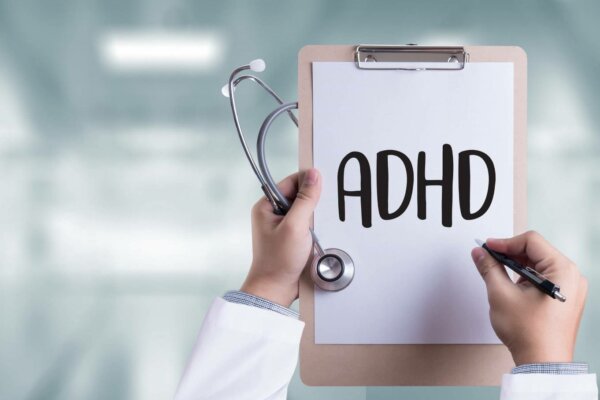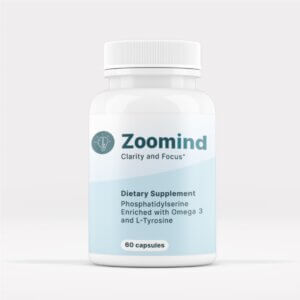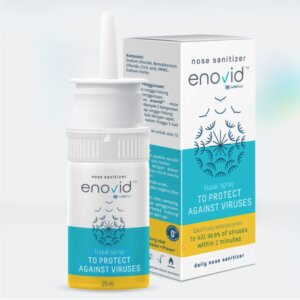And what are the alternatives that can be prescribed for ADHD?
Alternative treatments for ADHD are being found as the side-effects of regular medications are turning parents away.

Treatment of Attention Deficit Hyperactivity Disorder with drugs has progressed significantly over the past decade, as research in neurochemistry and neuroanatomy has steadily improved scientists’ understanding of the root causes of the disorder.
However, the search for a cure for the disorder has failed so far to yield any tangible results, so any discussion of the main pharmaceutical approach to treating ADHD should start with the understanding that all current drug therapies are designed to alleviate as far as possible the symptoms without introducing unnecessary or unwanted side effects.
With that understood, we can try to summarize the factors that cause ADHD, and how the present basket of drugs is meant to be addressing them.
What is ADHD?
ADHD is a pattern of behaviors that usually are first noticed when children start school. Some signs may be evident even earlier. Symptoms of the disorder can show up as two very distinctly different kinds of behavior: inattention (attention deficit) or impulsivity (hyperactivity).
Inattention means the child is easily distracted and quickly loses concentration. S/he loses things, does not follow instructions, tends to become easily bored or distracted in any prolonged activity, constantly shifts attention between tasks, and struggles to prioritize them.
Hyperactivity and impulsivity means the child is incapable of remaining quiet or still when there is a need to focus their attention. S/he cannot queue patiently, appears to be confused and moves around all the time, lacking a proper span of attention, with excessive and irrelevant chatting. S/he tends to act irresponsibly and interrupts and stops conversations. In more severe cases, the behavior can border on aggression or bullying.
While each one of these patterns of behavior is distinct, in the majority of children, there are signs of both of them. This is why the two types have been joined with the universal label ADHD (attention-deficit/hyperactivity disorder).
Distinguishing between normal childhood behavior and ADHD is not easy. All children sometimes behave in ways that may resemble either inattention or hyperactivity, but this is not indicative of a disorder. Typically, the sign that it is ADHD and not just normal childish behavior is when these symptoms persist or worsen as the child grows older. Usually, if the symptoms either grow markedly worse, or do not wane over the course of six months, it should indicate that further examination may be necessary.
The primary manifestation is difficulty in school, with friends, and at home, and then the likelihood of ADHD should be considered.
The disorder cannot be diagnosed definitively, by calibrated measurements or laboratory tests. Instead, it is a subjective assessment based on observations of behavior by parents and teachers together with the judgement and guidance of trained psychologists and doctors.
Which are the most common drugs prescribed to treat ADHD?
The relationship between dopamine and ADHD has created a strong case for two classes of drugs that directly affect the levels of the molecules. These are methylphenidate (Focalin©, Methylin©, Ritalin©, Concerta© and Biphentin© ) and amphetamines (Adderall©, Dexedrine©, Dextrostat©, and Vyvanse©). The final choice is based largely on their speed of reaction in conjunction with known side-effects.
Methylphenidate affects how dopamine and norepinephrine are recycled in the prefrontal cortex, an area of the brain that controls mood. This may explain the reason why it works in ADHD.
Most common brands of Methylphenidates
| Duration | Generic Name | Brands |
| Short-acting | Dexmethylphenidate Methylphenidate |
Focalin Methylin Ritalin |
| Intermediate | Extended release methylphenidate | Metadate CD Ritalin LA |
| Long acting | Extended release dexmethylphenidate Extended release methylphenidate |
Focalin XR Concerta Daytrana Quillivant |
Amphetamines work to increase the supply of dopamines to the cortex.
Most common brands of amphetamines
| Duration | Generic Name | Brands |
| Short-acting | Mixed amphetamine salt Dextroamphetamine |
Adderall Dexedrine Dextrostat |
| Long acting | Lix Def Amphetamine Extended release amphetamine |
Vyvanse Adderall-XR Dexedrine spansule |
Basically, both amphetamines and methylphenidates have the same effect of raising dopamine levels. Dopamine is a “feel-good” chemical and this contributes to its rapid action for ADHD mood and activity effect.
The drugs are usually prescribed in either short-acting form, to be administered every 4 hours or when needed, or in extended-release form, which are usually taken once a day in the morning.
Multiple clinical trials in 2018 showed that methylphenidates caused fewer side effects, whereas amphetamines worked better, and faster, at lowering symptoms of ADHD. As a result, ADHD specialists usually prescribe methylphenidates as the first choice when treating children and adolescents.
What other forms of medication may be prescribed for ADHD?
Non-stimulants
There is one general class of drugs marketed under the names Intuniv, Strattera, Tenex and Kapvay, which are based on serotonin reuptake inhibitors (SSRIs) that do not work by affecting dopamine production or uptake. These work by raising levels of norepinephrine in the cortex. They are all long-acting drugs.
Dietary supplements
There is considerable evidence that boosting the levels of polyunsaturated fatty acids (PUFAs), more specifically omega-3 fatty acids, can have strong effects on levels of dopamine in the brain. Omega-3 is not produced in the body, but must be part of the dietary intake. The best source of PUFAs is cold-water fish such as salmon, sardines, tuna etc, but modern diets are generally lacking in sufficient amounts of these. Simple dietary supplements are available with high levels of omega-3, especially with the compounds that are known to be most beneficial for ADHD in children, eicosapentaenoic acid (EPA) and docosahexaenoic acid.
What Causes ADHD in the First Place?
There is now a fairly broad consensus amongst researchers that the predominant cause of ADHD is inherited attributes. Although it has not so far been possible to pin-down a specific gene or family of genes causing the disorder, the statistics are impossible to ignore.
Twin studies indicate that 75%–90% of ADHD cases can be related to genetic factors. If one person in a family is diagnosed with ADHD, there is a 25%–35% probability that another family member also has ADHD, compared to only a 4%–6% probability for someone in the general population. Putting that another way, it indicates that a person who has a first-degree relationship (parent, child or sibling) with someone who has ADHD is around six times more likely to have the disorder than someone in the general population.
There have been some other linkages found relating to gestation and birth stress. Babies of mothers who smoked or drank alcohol throughout pregnancy, or who suffered some physical trauma like a blow to the abdomen, are also more likely to develop ADHD, Particularly prolonged or difficult births can result in oxygen deprivation for the fetus, and this has also been found to be a trigger for ADHD.
It’s worth noting that no single cause has been found or is even suggested in current research. ADHD is a complex disorder making it difficult both to specify the cause and to determine the ideal treatment.
Are there any biological differences detected in people with ADHD?
There are several morphological and biochemical differences detected in many people who are diagnosed as having ADHD. Research into physical structures of the brain, using PET and MRI scans, show a pattern of size differences in several areas, including some that are identified with emotional processing and executive functionality.
Brain chemistry studies have focused on the importance of two molecules that are essential in neurotransmission of signals throughout the nervous system. These are dopamine and norepinephrine. Deficiencies in these two chemicals have been shown to have a marked effect on behavior, and it is in this area that most prescribed ADHD medications are meant to work.
Final thoughts
ADHD cannot be cured by medications. The current drug treatments are all intended to control and mediate some of the basic chemical and physiological deficiencies that contribute to the behavior of sufferers. It is essential to consult with professional health providers and pharmacists before starting or changing any drug therapy for people who have been diagnosed with ADHD.








